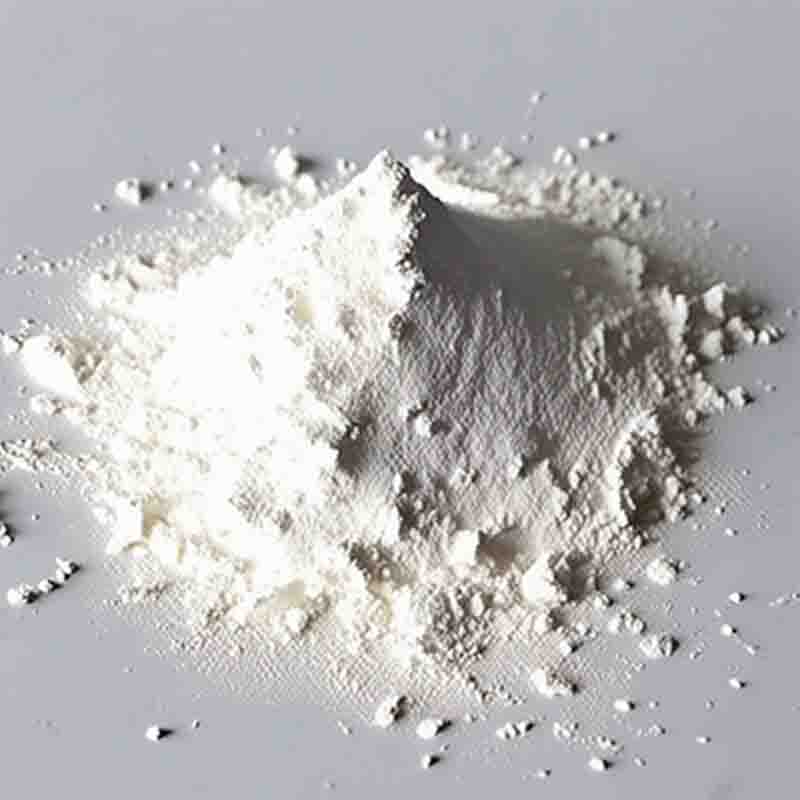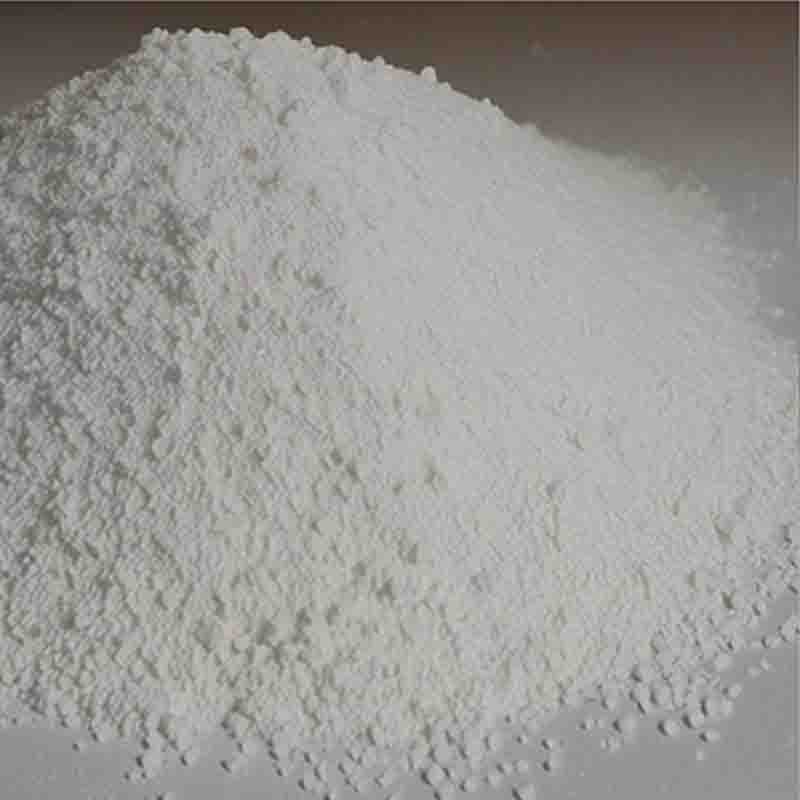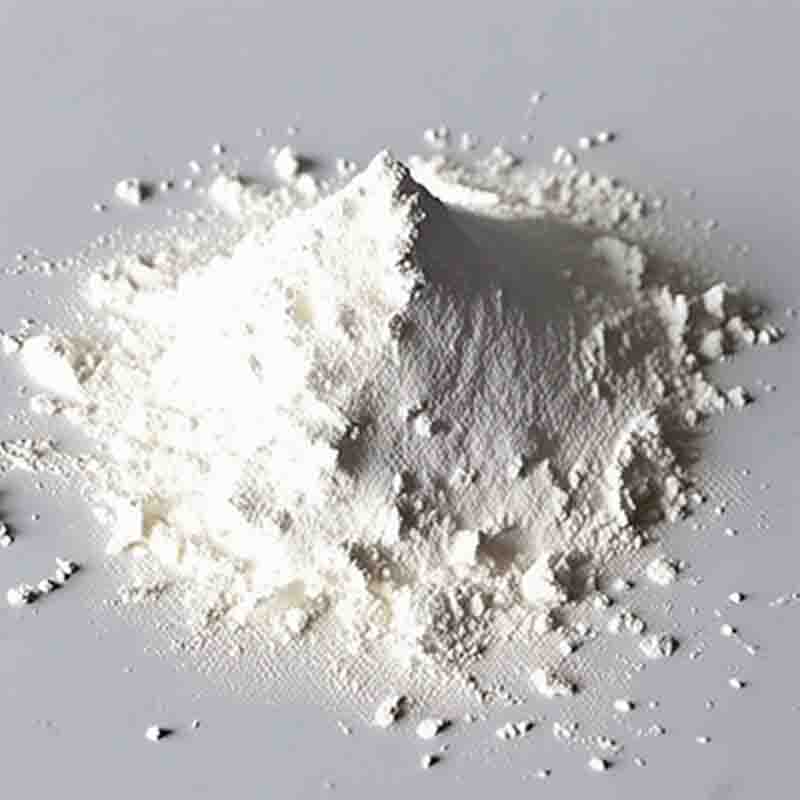m-Aminobenzylamine CAS:4403-70-7
| Catalog Number | XD95228 |
| Product Name | m-Aminobenzylamine |
| CAS | 4403-70-7 |
| Molecular Formula | C7H10N2 |
| Molecular Weight | 122.17 |
| Storage Details | Ambient |
Product Specification
| Appearance | White powder |
| Assay | 99% min |
m-Aminobenzylamine, also known as 3-aminobenzylamine, is an organic compound with the chemical formula C7H10N2. It consists of a benzene ring attached to an amino group (-NH2) at the meta position. In this 300-word response, we will explore the effects and significance of m-Aminobenzylamine in various fields.One important effect of m-Aminobenzylamine is its potential as a versatile intermediate in organic synthesis. The amino group in m-Aminobenzylamine makes it a valuable starting material for the production of various compounds. Through selective functional group transformations, it can be modified to introduce different chemical functionalities, allowing for the development of a wide range of organic molecules. These derivatives can be utilized in pharmaceutical, agrochemical, and materials science applications.In the field of pharmaceuticals, m-Aminobenzylamine derivatives have demonstrated potential as active ingredients in medications. They can be used to target specific biological pathways and receptors, leading to the development of drugs for the treatment of various diseases. For example, m-Aminobenzylamine derivatives have shown antihypertensive activity by acting as selective angiotensin II receptor antagonists. Such compounds have the potential to contribute to the management of hypertension and related cardiovascular conditions.Moreover, m-Aminobenzylamine derivatives have been investigated for their antimicrobial properties. Studies have shown that these compounds exhibit inhibitory activity against bacteria, fungi, and even multidrug-resistant strains. This highlights their potential as antimicrobial agents, providing alternatives to combat microbial infections and drug resistance.Additionally, m-Aminobenzylamine derivatives have been explored for their use in the field of materials science. Due to their chemical reactivity, they can be incorporated into polymers, coatings, and adhesives to impart specific functionalities or enhance material properties. For example, these derivatives have been used in the synthesis of electropolymerized films with applications in sensors, energy storage, and corrosion protection.In summary, m-Aminobenzylamine serves as a versatile intermediate in organic synthesis, enabling the production of diverse compounds for pharmaceutical, antimicrobial, and materials science applications. Its use in drug development holds promise for addressing various medical conditions, such as hypertension. The antimicrobial properties of its derivatives offer potential solutions to combat microbial infections and drug resistance. Moreover, its application in materials science contributes to the development of specialized materials with tailored functionalities. Continued research and development in these areas can lead to advancements in medicine, antimicrobial therapies, and materials technology.









